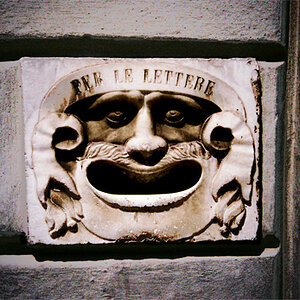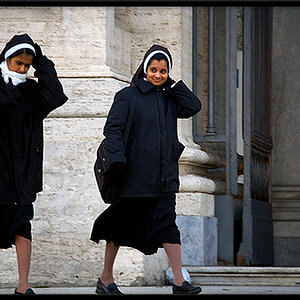benhasajeep
No longer a newbie, moving up!
- Joined
- May 4, 2006
- Messages
- 4,020
- Reaction score
- 497
I talked to several people today who drove to see the eclipse. Not a single one of them got a picture though their filters!
No one knew how to get their camera / cellphone to focus though the filter!!!!
 Everyone figured put filter on, take picture. So, not only did they spend the time to go and take pictures. And spend money on filters. But they failed as well, because they didn't take the time to read directions, or know their camera.
Everyone figured put filter on, take picture. So, not only did they spend the time to go and take pictures. And spend money on filters. But they failed as well, because they didn't take the time to read directions, or know their camera.
No one knew how to get their camera / cellphone to focus though the filter!!!!

 Everyone figured put filter on, take picture. So, not only did they spend the time to go and take pictures. And spend money on filters. But they failed as well, because they didn't take the time to read directions, or know their camera.
Everyone figured put filter on, take picture. So, not only did they spend the time to go and take pictures. And spend money on filters. But they failed as well, because they didn't take the time to read directions, or know their camera.

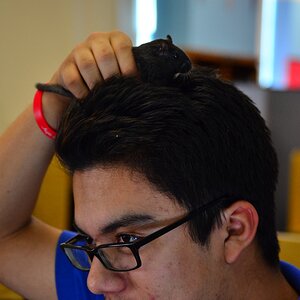
![[No title]](/data/xfmg/thumbnail/31/31094-f975d7e61424996edc28cec3b9dd70a8.jpg?1619734611)
![[No title]](/data/xfmg/thumbnail/33/33359-a5cf76b8e843e82b3831650af6dfa6b3.jpg?1619735923)
![[No title]](/data/xfmg/thumbnail/34/34116-b81991a4a8a532509a981cadbacd573c.jpg?1619736286)
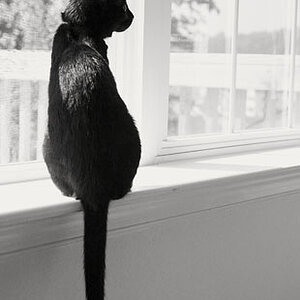
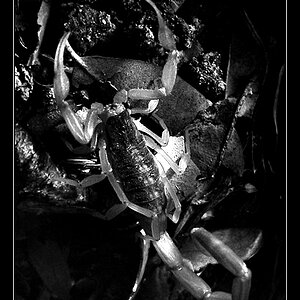
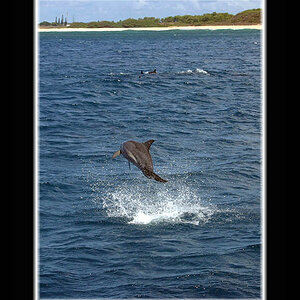
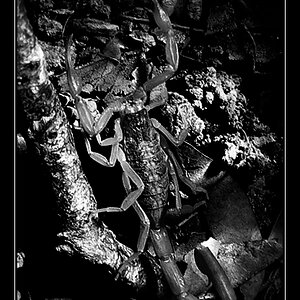
![[No title]](/data/xfmg/thumbnail/34/34115-73b827c6a6db1413dcead11e4caaae69.jpg?1619736285)
![[No title]](/data/xfmg/thumbnail/33/33361-f56184027ce743b2b7ba9d378a8bb426.jpg?1619735925)
